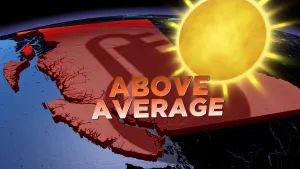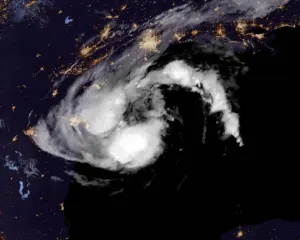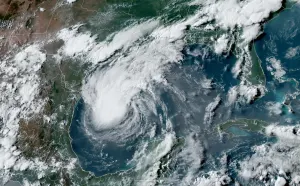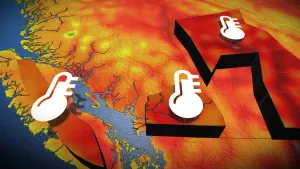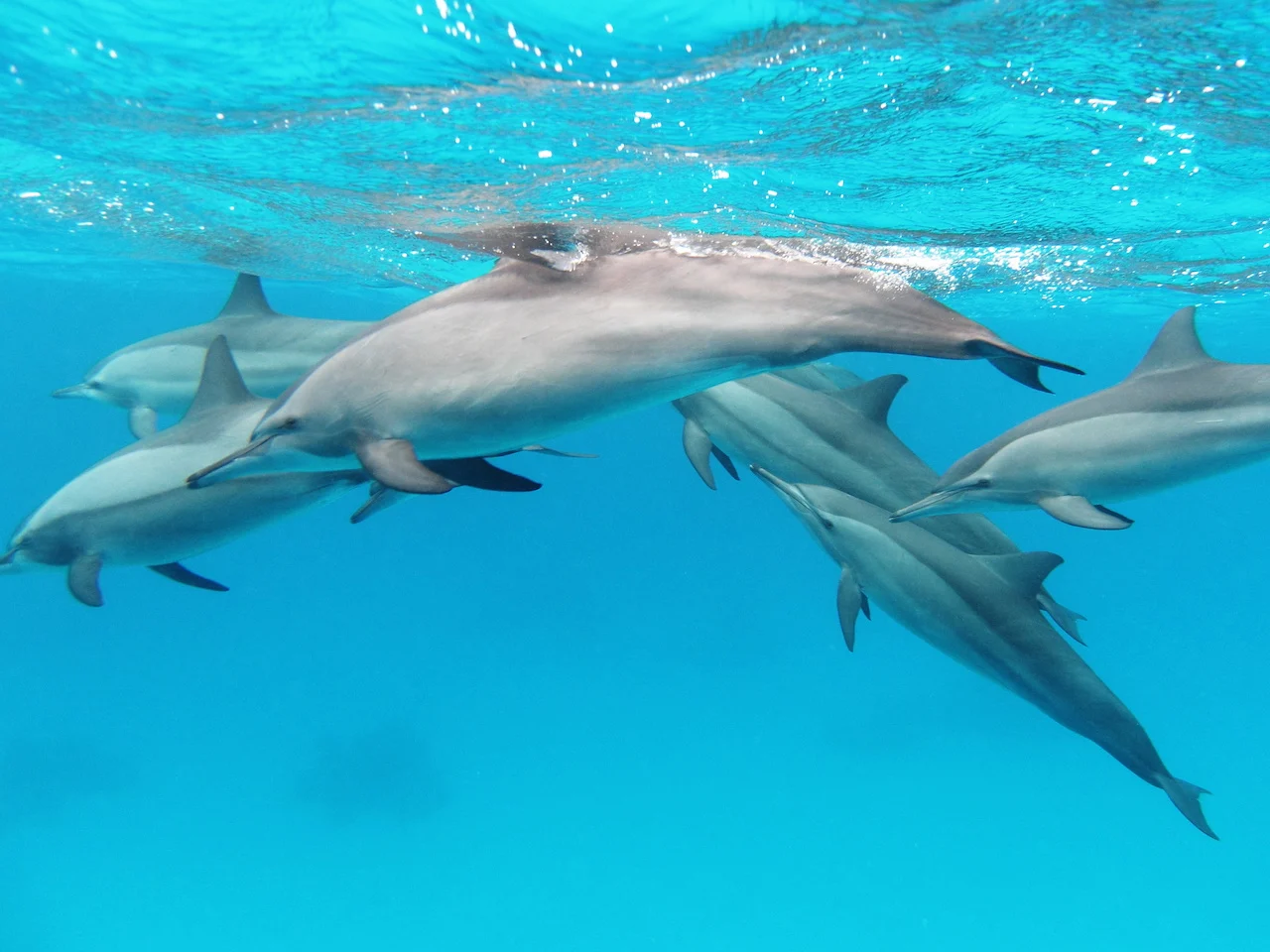
Social distance: New rule bans closeness to these Hawaiian dolphins
The new guideline, which prohibits people and vessels from coming within 50 yards (45.72 metres) of the spinner dolphins, is to protect the mammals from the documented stress that human interactions have had on them.
Playtime is over for tourists and residents looking to swim with the spinner dolphins in Hawaii.
A new rule from National Oceanic and Atmospheric Administration (NOAA) Fisheries that prohibits the activity is officially in effect after years of planning.
Authorized under the Marine Mammal Protection Act, the guideline prohibits people and vessels from coming within 50 yards (45.72 metres) of the mammal. This includes an approach by interception, or placing a vessel, person, or other object in the path of a Hawaiian spinner dolphin so it would be within 50 yards of the aforementioned.
SEE ALSO: Dolphin spotted swimming in Ida floodwaters
The law is to protect the spinner dolphins, with biologists having documented the stress that human interactions have had on them. It applies within two nautical miles (1.85 kilometres) from the shore of the main Hawaiian Islands and in designated waters near the islands of Lanai, Maui and Kahoolawe.

Alexander Vasenin/Creative Commons. CC BY-SA 3.0.
"During the day, they're resting in nearshore waters, so it makes them very vulnerable to dolphin-directed activities," Ann Garrett, assistant regional administrator for the National Marine Fisheries Service, told CNN in 2016 when the regulation was first proposed.
"They may abandon their habitat and have increasing health problems. We can't function as well as we could with a good night's sleep, same with dolphins," she added. "Over time, their health may be impacted. They may not nurture young as well. They may abandon their young or habitat, and they may suffer long-term population impacts."
SPINNER DOLPHINS STAY IN COASTAL WATERS DURING DAY, MOVE TO DEEPER WATER AT NIGHT
According to NOAA Fisheries, the Hawaiian population of spinner dolphins will reside in coastal waters in the daytime, usually in calm bays. They use these areas to rest, socialize, care for their young and avoid predators. Once night hits, they relocate to deeper water to scour for food.
"Spinner dolphins have what is called a 'fission-fusion social pattern.' They 'fuse' to form large schools of hundreds of animals when feeding at night and split off into much smaller groups -- sometimes of only a dozen individuals when socializing and resting during the day," NOAA Fisheries said.
The organization also said that the energy the dolphins utilize while interacting with humans activity, even if they just look curious and are enjoying the interplay, is vigor not being used for critical behaviours such as resting, socializing with their own, caring for their young and avoiding predators.

(Michael Dean, 2017/Creative Commons).
As well, when their relaxation is interrupted, particularly if it occurs multiple times in a day, it can negatively impact their health and well-being.
If spinner dolphins are frequently disturbed while in their nearshore resting habitat, they may be prompted to move to another location that's less protected, according to NOAA Fisheries, possibly increasing the risk from predators such as sharks.
"Hawaiian spinner dolphins choose certain sheltered, sandy bottom areas to rest because they are close to their feeding sites, and the white sand background makes it easier for them to see predators," NOAA Fisheries said.
ADDITIONAL PROTECTION MEASURE PROPOSED
In addition to the new distance rule in place, NOAA Fisheries has recommended to create time-area closures at five dolphin resting sites in the main Hawaiian Islands.
The proposed regulation would establish mandatory time-area closures of Hawaiian spinner dolphins’ essential daytime habitats from 6 a.m. to 3 p.m. in Kealakekua Bay, Honaunau Bay, Kauhakō Bay and Makako Bay on Hawaii Island, and La Perouse Bay on Maui. The agency is accepting feedback on the suggested rule through Dec. 27.
Thumbnail courtesy of Alexander Vasenin/Creative Commons. CC BY-SA 3.0.
Follow Nathan Howes on Twitter.







